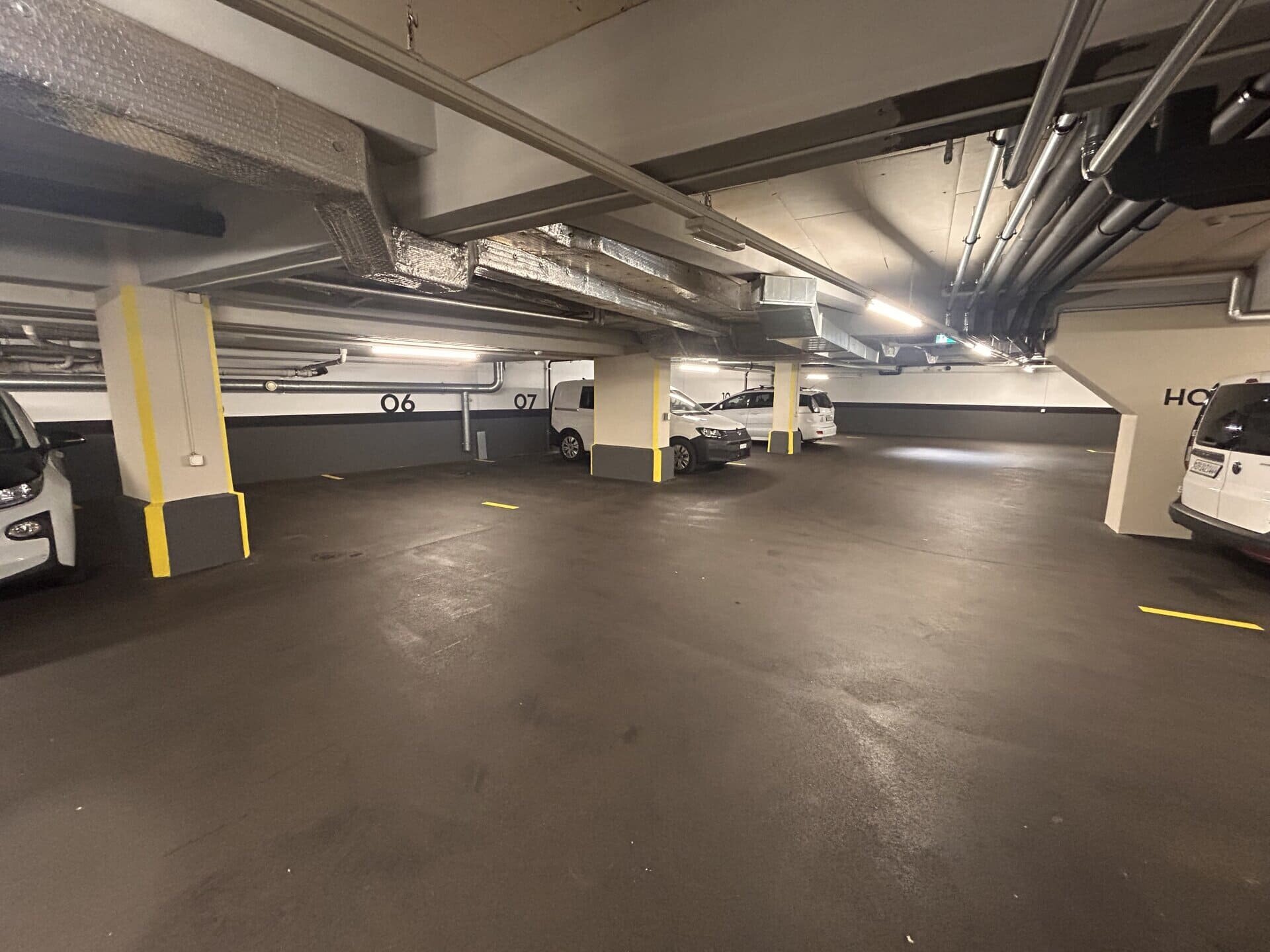





Find parking near Völkerkundemuseum der Universität Zürich, Zurich
The Volkerkundemuseum der Universitat Zurich (also known as the renowned ethnological Museum of Zurich) is a renowned museum in Zurich, Switzerland. It is the third-oldest ethnographic museum in Switzerland and has been a part of the University of Zurich, since 1914. The museum is dedicated collection management, teaching, research and public outreach via exhibitions, publications and events.
The Volkerkundemuseum, located in the City District Kreis 1, is nestled inside the grounds of the former Botanical Garden "zur Katz." The building dates back to 1864, and has been renovated and expanded several times over the years. Formerly a collection building and greenhouse for the Botanical Institute and an administrative space, the building was converted into the Volkerkundemuseum in 1980 by Hubacher Issler and Partner. Diethelm St. Gallen architects carried out recent modifications in 2014. In 2014, Diethelm, St. Gallen, carried out some recent modifications.
The museum's history dates back to 1887, when Hans Schinz first brought his ethnographic and botanical collection to Zurich. In 1889, the Zurcher Ethnographische Sammlung (Zurich Ethnographic Collection) was first made accessible to the public in the old stock exchange building at the corner of Talstrasse/Borsenstrasse. Initially managed privately by the Ethnographische Gesellschaft Zurich (later known as the Geographisch-Ethnographische Gesellschaft Zurich, GEGZ), the collection soon sought affiliation with the university. In late 1913 the connection was made, and the collection moved into its new home in the main building of the university by the end 1916. In 1972, the museum was renamed "Volkerkundemuseum der Universitat Zurich", which is the ethnographic museum of the University of Zurich. It moved to its present location in 1980.
The collection of the museum includes more than 40,000 objects from different fields. These are displayed in rotating exhibitions. The museum's collection includes material artifacts that are related to religious contexts. These include ritual objects, iconography, and other items from Hinduism and Buddhism, Christianity and Islam, as well as various ethnic religions of Asia, Indonesia and Australia, Oceania and the Americas and Africa. The collection also includes objects that are examples of specialized knowledge and craftsmanship, such as textiles, woodcarvings, ceramics and blacksmithing.
Geographically, it focuses on areas such as West Africa and Central Africa, Ethiopia and Himalayan countries, (especially China and Tibet), India, Southeast Asia, Australia and Oceania, with a special focus on Melanesia, South America, (Amazonia and Andean Regions, and parts Mesoamerica), North America, (Great Plains), and polar regions. The museum houses a visual anthropology collection, which includes around 40,000 historic photographs, a film and video archive of approximately 2,400 titles and an audio archive. It also has a written archive relating to the collections and museum.
Visitors can enjoy three to four exhibitions that rotate each year at the Volkerkundemuseum der Universitat Zurich. Some of the most notable past exhibitions include "Kali-Visionen der Schwarzen Mutter".
Parking rates near Völkerkundemuseum der Universität Zürich
Parking time
Mobypark parking rates
1 hour parking
from € 2.50
24 hours parking
from € 20.00
1 week parking
from € 120.00
1 month parking
from € 400.00





